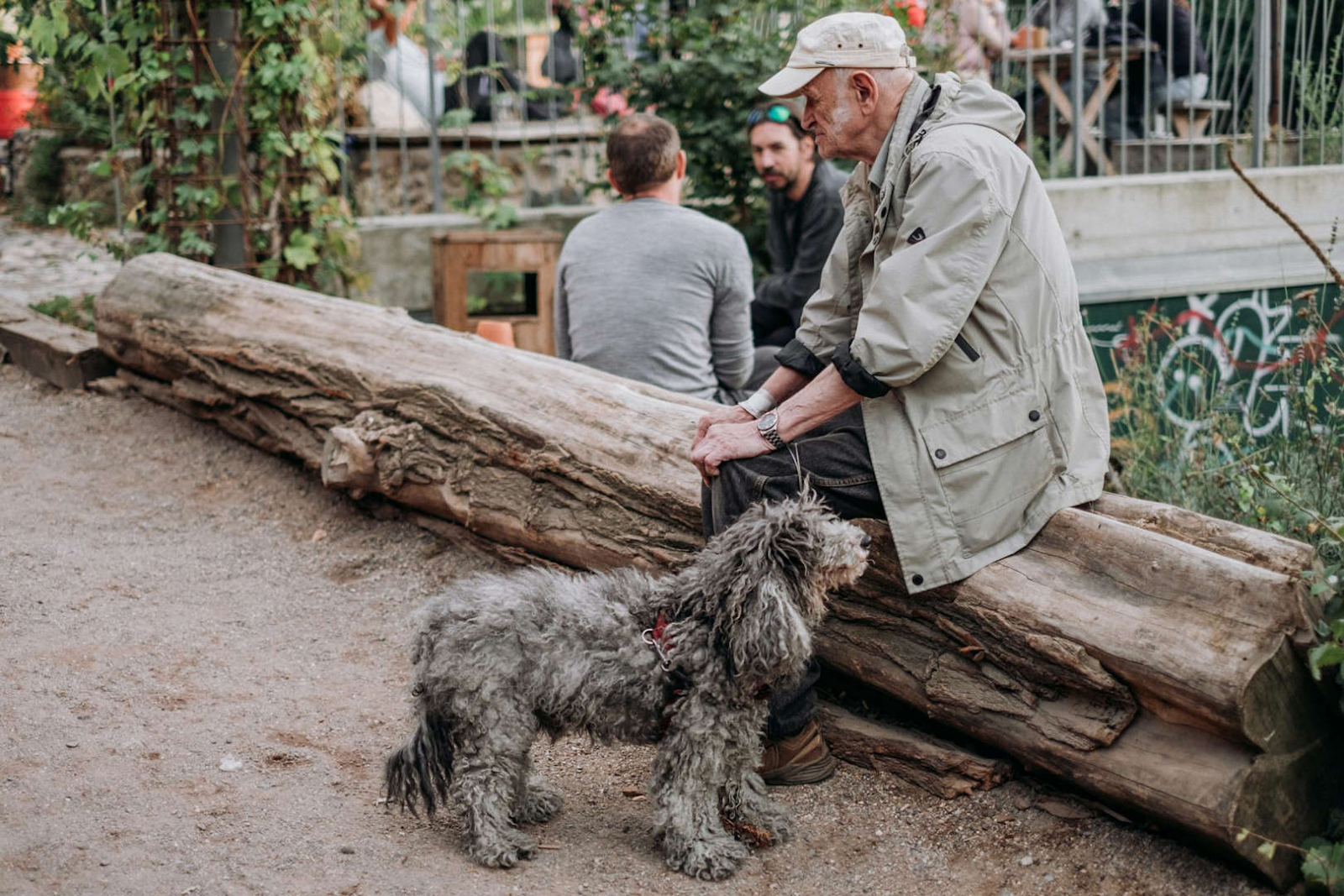Avoid chocolate, add grains and all in moderation
While chocolate, onions, and grapes are poisonous for our canine friends, Business Insider highlights that human food is fine for a dog in moderation, and rice and wheat can be pretty good for them, unlike raw meat.
Dogs should or should not eat human food
Speaking about dog diet, is human food good for dogs? You tend to hear very extreme opinions about this one. You probably have heard other things such as dogs not being able to eat grains or put them on a raw-meat-based diet.
Bones can be choking hazards
However, WebMD points out that bones can splinter and actually be harmful for your furry companions. Raw bones are better than cooked ones, since they don’t tend to splinter so easily.
Dogs love bones!
Give a dog a bone is another image perpetuated by common wisdom and pop culture that might not be for the best.
Dogs don't like hugs, at all!
However, if your dog rejects or looks uncomfortable when you hug them, it’s not your fault. According to the American Kennel Club, most dog breeds dislike hugs, as they make them feel trapped and annoyed.
Dogs love hugs!
Looking at your furry companion, it is hard to resist giving them a big, warm cuddle! Who doesn’t like getting a hug, anyway?
Mending their differences
However, as the American Kennel Club points out on its website, different breeds have different interactions with their feline counterparts. Toy-sized dogs can be more friendly, while dogs originally bred for hunting will be more hostile. However, proper training and socialization can do wonders.
Fight like cats and dogs
If ‘Tom and Jerry’ has taught us something is that mice and cats are natural enemies, and so are cats and dogs. You could say the two species behave like… well, cats and dogs!
Wag the dog
Although in most cases a waging tail might be a sign of friendliness, Country Living tells us that if you see your dog tense or motionless while doing so, it might mean that your furry companion feels nervous or threatened.
Dogs wag their tail when they are happy
Another interspecies misunderstanding comes when dogs wag their tail. If you think it means your dog is happy, you might be wrong.
Yawning can mean different things
As Country Living explains in an article, yawning is really a sign of stress and anxiety in situations they don’t feel comfortable with or a sign that their patient is running out.
Dogs yawn when they are tired
We tend to humanize dogs, so it’s normal to think that if you see your furry companion yawning, you might think they are tired or sleepy. However, that’s not all the truth!
Blue dogs and yellow dogs
The truth, per usual, is more complicated than that: While dogs do perceive colors, their range is more limited, mixing up reds and greens but being physically able to see yellows and blues.
Dogs see in black and white
You probably hear that dogs have one thing in common with old television shows: It all looks like it is in black and white!
You got it, old dog!
However, as Reader’s Digest comments, while puppies are like sponges older dogs still can learn a thing or two. Their hearing, vision, and mobility might not be the same but as long as their mind is sound, your graying furry companion can still learn some easy tricks.
You can't teach an old dog new tricks
This one is so famous that it has entered into the popular conscience as a saying: You can’t teach an old dog new tricks. After a certain age, skills and knowledge are set in stone.
Sometimes they just eat grass because they like it
However, Blue Cross reveals that the most likely reasons dogs eat grass is that they enjoy the flavor, particularly in the spring and summer months when it’s green and fresh. However, if eating grass becomes excessive or a substitute to normal food, you should seek a veterinarian's opinion.
Dogs eating grass to get sick
Have you seen your dogs eating grass? The first thing you might think is that your furry companions are trying to make themselves sick to alleviate stomach problems.
Not all dogs age the same
British animal welfare charity Blue Cross explains that there isn’t exactly a one-to-one formula to calculate a dog’s age. Factors such as size, breed, and genetics play a factor, with smaller breeds taking longer to reach maturity and overall having a longer lifespan.
One human year equals seven dog years
Common wisdom tells us that every human year is equal to seven dog years. If your dog is five-year-old, then they are a strong adult in their prime. If they have hit a decade, then they are distinguished seniors.
Dog myths and truths!
Dogs are our best friends; nobody can deny that. Except perhaps cat lovers! However, there are many things we take for granted about our little furry friends that are just untrue! Here are some of them.
























.jpg)


0 Comments